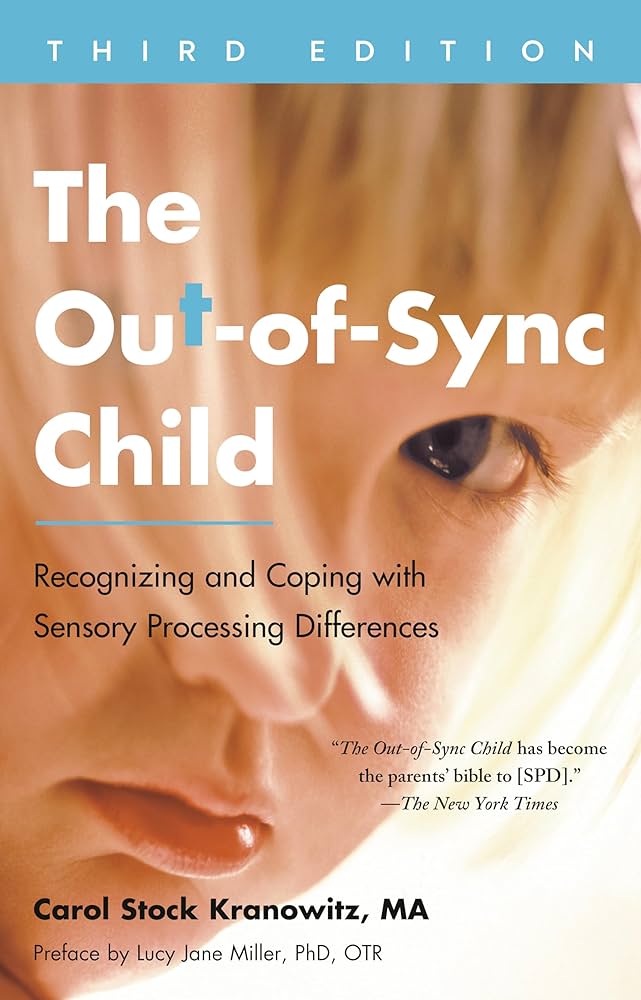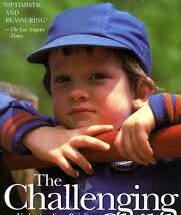
The Out-of-Sync Child: Understanding and Supporting Sensory Processing Disorder
By Carol Stock Kranowitz
Introduction
Sensory Processing Disorder (SPD) is a condition that affects how the brain processes sensory information. Children with SPD may have difficulty responding appropriately to sensory input, which can impact their daily lives and development. Carol Stock Kranowitz’s book, The Out-of-Sync Child, offers invaluable insights and strategies for understanding and supporting children with SPD. In this article, we will delve into the key concepts presented in the book, providing a comprehensive guide to help parents, educators, and caregivers.
What is Sensory Processing Disorder?
Sensory Processing Disorder is a neurological condition where the brain struggles to receive and respond to information that comes in through the senses. This disorder can manifest in various ways, often categorized into three main types:
- Sensory Modulation Disorder
- Sensory Discrimination Disorder
- Sensory-Based Motor Disorder
Sensory Modulation Disorder
Sensory Modulation Disorder is characterized by difficulty in regulating responses to sensory stimuli. Children may be over-responsive, under-responsive, or seek intense sensory experiences. Understanding these patterns is crucial for providing appropriate support.
Sensory Discrimination Disorder
Sensory Discrimination Disorder involves challenges in distinguishing between different types of sensory input. This can affect a child's ability to perform tasks that require precise sensory information, such as identifying objects by touch or recognizing different sounds.
Sensory-Based Motor Disorder
Sensory-Based Motor Disorder affects a child's ability to use motor skills efficiently. This can include issues with balance, coordination, and planning movements, impacting everyday activities and physical play.
Identifying Sensory Processing Disorder
Early identification of Sensory Processing Disorder is essential for effective intervention. Key signs to look for include:
| Signs | Description |
|---|---|
| Over-Responsiveness | Children may react strongly to sensory stimuli that others find manageable. |
| Under-Responsiveness | Children may appear lethargic or uninterested in their surroundings. |
| Sensory Seeking | Children may crave intense sensory experiences, such as spinning or jumping. |
Strategies for Supporting Children with SPD
Carol Stock Kranowitz provides numerous strategies in The Out-of-Sync Child to support children with SPD. These strategies are designed to help children manage their sensory needs and improve their daily functioning.
Creating a Sensory-Friendly Environment
Adapting the child's environment to reduce sensory overload can be highly beneficial. This includes minimizing loud noises, providing sensory tools like weighted blankets, and ensuring a predictable routine.
Engaging in Sensory Activities
Sensory activities can help children with SPD improve their sensory processing skills. Activities such as playing with textured materials, swinging, and jumping can be both fun and therapeutic.
Collaborating with Professionals
Working with occupational therapists and other professionals who specialize in SPD can provide targeted support and intervention plans tailored to the child's needs.
Conclusion
Understanding and supporting children with Sensory Processing Disorder requires patience, knowledge, and appropriate strategies. Carol Stock Kranowitz’s book, The Out-of-Sync Child, is a valuable resource for anyone involved in the care of these children. By implementing the insights and techniques outlined in the book, parents, educators, and caregivers can help children with SPD thrive.
For more information and resources, visit our website at Read Review Talk and our blog.



